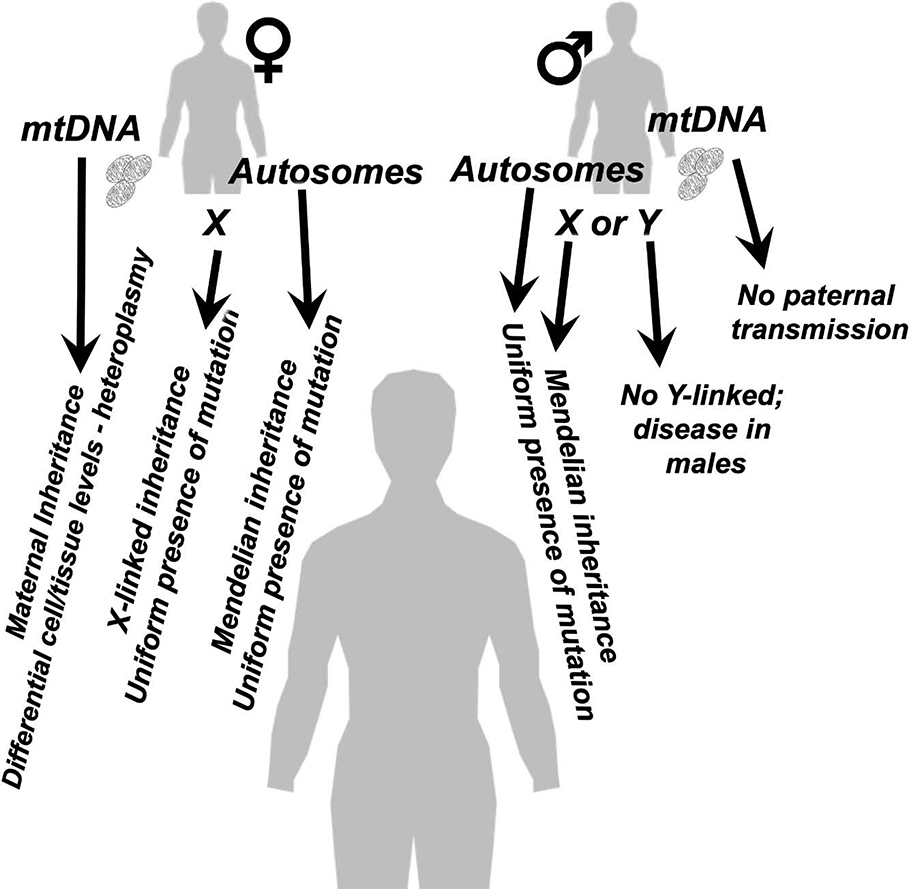Figure 2 – The electron transport chain and proton gradient.
(A) overview of the mitochondrial electron transport chain (ETC). ETC localization and assembly are aided by cardiolipin, which also promotes inner membrane cristae structures. The ETC converts chemical energy into a proton electrochemical gradient, which drives ATP synthase to produce ATP, the primary energy currency of the cell. Reactive oxygen species (ROS) are produced at multiple steps of the ETC. Anti-oxidant enzymes, such as the superoxide dismutates (SOD’s), protect cellular macromolecular components by neutralizing ROS species. (B-C) Membrane permeable fluorescent compounds differentially accumulate in the mitochondria based on the membrane potential and are used to assess overall health, such as the highly membrane potential sensitive dyes TMRE and TMRM (B), or mitochondrial ROS production, using dyes which are charged and localize to mitochondria but only become fluorescent upon reaction with ROS. (D) Mitochondria can also be detected using 10-NAO, a fluorescent dye which binds to cardiolipin.

